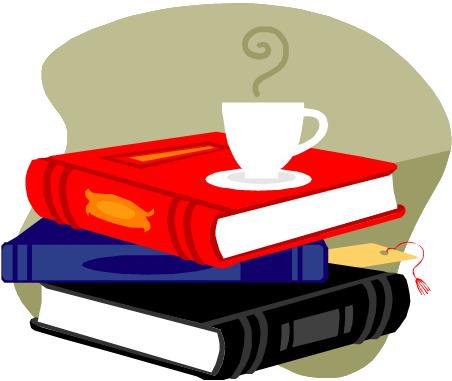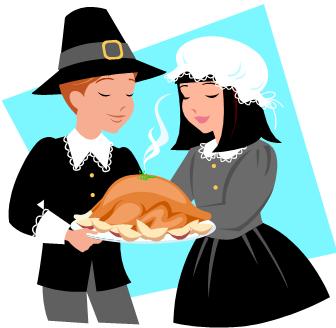

|
 |
|
2006 December 14
|
Please go to the new Coffee Coaster site implemented more gracefully in Wordpress. This page @ http://brianrwright.com/CoffeeCoasterBlog/?p=5574 |
Most of us know about the Pilgrims from our history and civics classes. Or at least we have the Thanksgiving imagery—oven-roasted turkeys, linen tablecloths, silverware, Indians, stern-looking white men with buckles on their hats, stuffing, mashed potatoes, and cranberry sauce.
Well, that’s about it, then.
No, just kidding. In reality, the second English permanent settlement, consisting of Puritan Separationists, was lucky to have survived the first winter of 1620.
And the main benefit derived from the Indians was the Indians’ forbearance from annihilating the Pilgrims.
Sometime in the fall of 1621, the Pilgrims did prosper sufficiently to feast on ducks, wild turkey, fish and grains made into pottages (stews). The first what we call Thanksgiving was overwhelmingly an Indian affair as more than 100 Pokanokets (twice the population of the Pilgrims) arrived at the settlement with five freshly killed deer.
Everyone stood or squatted around outdoor cooking fires eating with their fingers and knives—forks did not arrive until  the 1670s. (Check out this stylish clip art presumably designed to convey Turkey Day history to the Britney Spears set.)
the 1670s. (Check out this stylish clip art presumably designed to convey Turkey Day history to the Britney Spears set.)
The voyage of slightly more than 100 people on the single ship required two arduous months, and winter was coming harsh and early. After wandering around the Cape Cod peninsula for a while, the settlers decided on Plymouth (named for the town they departed from in England) as their new home.
Smartly, both the Pilgrims and the Indian tribe who lived closest to the Plymouth settlement, the Pokanoket, determined peace and cooperation would be best. The Pilgrims were running out of living people. The Pokanoket and chief Massosoit planned to forge an alliance with the English against other tribes.
Philbrick writes another descriptive history that reads like a novel. He won an award for his previous work, In the Heart of the Sea, a story of Nantucket and the ill-fated journey of the whaling ship Essex. The period he covers in Mayflower is roughly 1620 through 1680, through the King Philip War that began in 1675—King Philip was an Indian leader.
I appreciate learning the background and the unvarnished truth of the most prolific of the all-American “starter kit.” According to Philbrick, it is estimated that 35 million Americans (in 2002)are descendants of the Mayflower passengers.
The Pilgrims were Puritan Separatists, whose austere beliefs were as bizarre as other Christian sects of the time. They had to stage their departure to the New World from Holland, because of persecution by the Church of England.
What is remarkable about the Pilgrims and the Puritans who came later—the English who came to New England were predominantly Puritan in official belief system—is how they lightened up as a consequence mixing with the Indians and others coming over... not to mention having to deal with issues of base survival.
Remember, four or five generations after Mr. Philbrick’s narrative ends, nearby Boston and New England towns in general became the cradle of liberty. So some freethinking had to be falling through the chapel rafters.
The book also invites discussion on the relationship between the English and the Indians; it’s a fascinating and portentous time. Many of us know little about it, and it determines so much.
###
 |
||||
| |